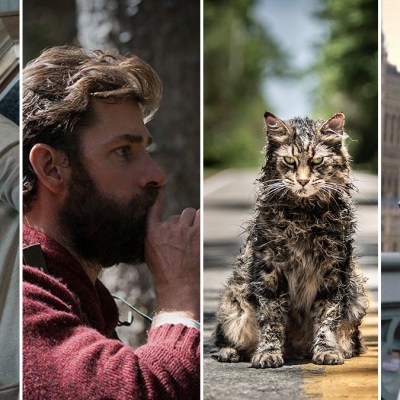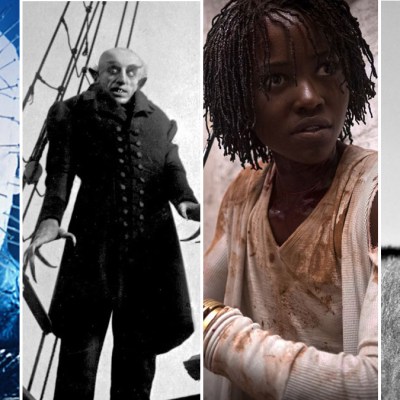Best International Horror Movies: A Beginner’s Guide
There’s literally a world of horror out there, and we’ve got some places to start.
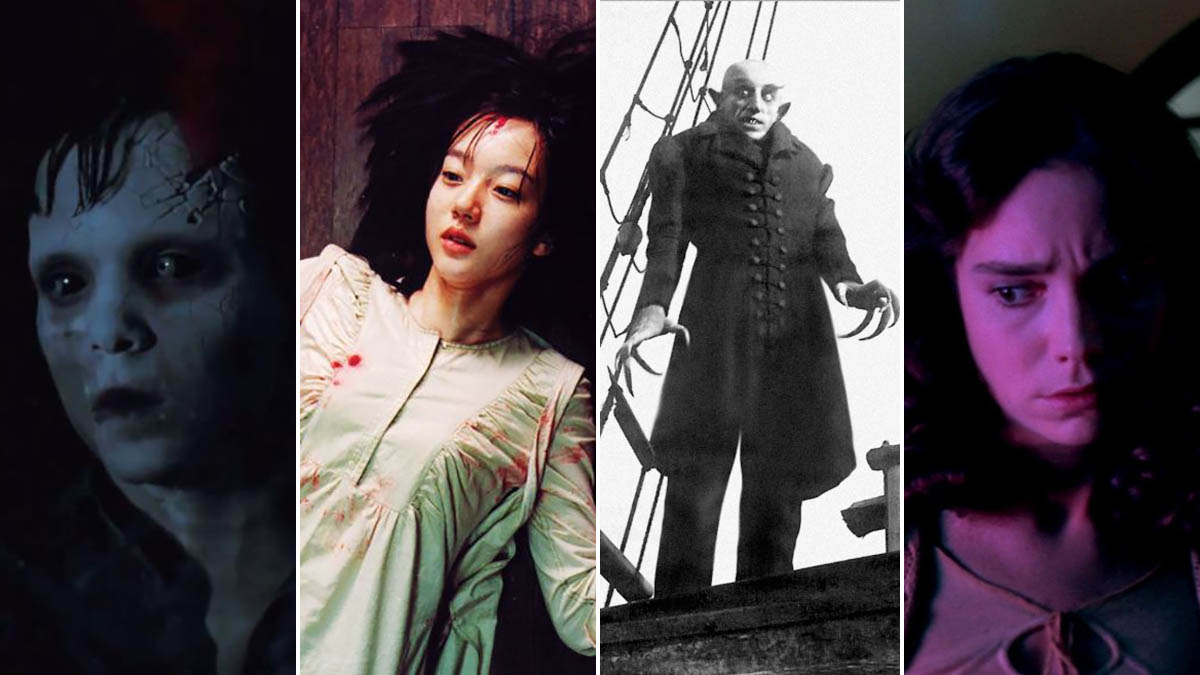
This article is presented by NordVPN.
Fear is the universal language. Terror is, as we have sadly seen so often, a global phenomenon. And monsters inhabit every crevice of this small world, from the deepest recesses of the South Pacific to the most remote peaks of the North Pole. So it should hardly be a surprise that horror films are and have been a component of cinema in just about every country that embraced the art form. Along with love, fear is the most profound human emotion, and any art — especially filmmaking — is the way in which we express those feelings to the rest of the world.
While the U.S., Canada and the U.K. (along with other primarily English-language nations like Australia and New Zealand) have produced healthy shares of the world’s catalog of horror movies, there is a vast, deep, diverse library of genre output that spans the world from Mexico to Malaysia, from the earliest days of the silents to last year’s Cannes Film Festival. Many of these movies reflect both modern concerns and deep-rooted myths, often in the same story, while delivering the kind of raw terror and emotional toll that the best horror films are remembered for.
A few notes: first, this list sticks to “foreign language horror movies,” so not included are any titles from the English-speaking countries listed above. Second, our little guide only begins to scratch the surface of what’s available out there — there are entire shelves of books on the horror films of nations like Japan, Spain and Indonesia. But hopefully this survey gives you a quick overview, from an early German milestone to a recent Mexican favorite, and invites you to explore even further.
There is a literal world of horror waiting for you. As you delve into the world of international horror movies, you’ll want to maintain your security by using a VPN service. NordVPN is currently offering 70% off a two year plan for a limited time. Click here to find out more.

Nosferatu (Germany, 1922)
The era of Expressionism in German silent cinema yielded several masterpieces that still influence horror to this day — The Cabinet of Dr. Caligari and Der Golem among them — but this unofficial adaptation of Dracula stands tall. There has never been a more eerie version of the Count than that played by Max Schreck, and the film’s dreamlike atmosphere is haunting even now. A chilling milestone in horror cinema, it was the subject of a respectful and equally remake by Werner Herzog in 1979.
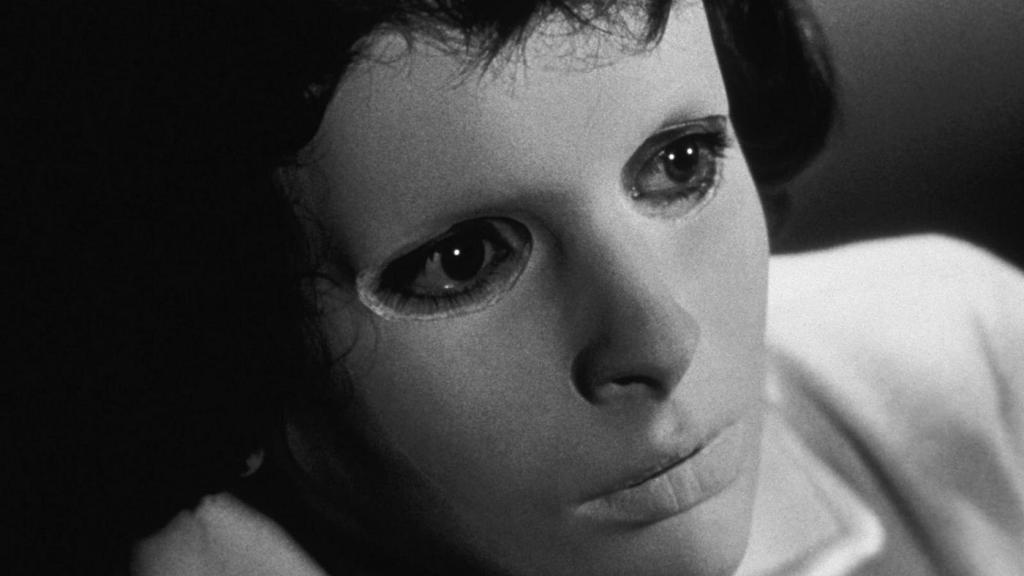
Eyes Without a Face (France, 1960)
Pierre Brasseur plays a doctor who, aided by his loyal housekeeper (Alida Valli), kidnaps young women and removes their faces — in order to find a face he can graft onto his disfigured daughter Christiane (Edith Scob). The first modern French horror film, it was directed by Georges Franju, who gave the proceedings an ethereal, poetic tone that made the stark, unsettlingly realistic surgery sequences even more horrifying to watch. Eyes Without a Face (original title: Les Yeux Sans Visage) has been highly influential over the decades, on everything from a Billy Idol song to a recent film from Pedro Almodovar.
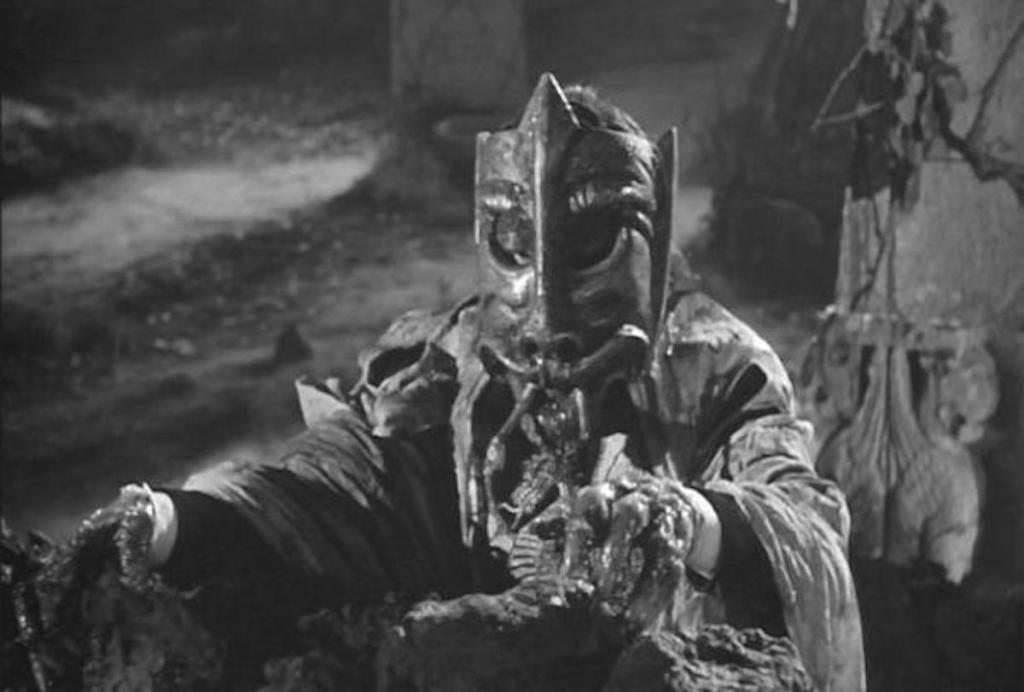
Black Sunday (Italy, 1960)
Arguably the film that kicked off decades of Italian horror filmmaking, Black Sunday was the official directorial debut of cinematographer Mario Bava, who would go on to become of the cornerstones of his country’s genre output. The tale of a witch who returns from the grave to enact vengeance on her descendants 200 years after she was burned at the stake, the pulpy plot is elevated by Bava’s exquisite black and white compositions and an unforgettable performance by Barbara Steele. Unusually gruesome for its time, Black Sunday launched Bava on one of the most influential careers in horror history.
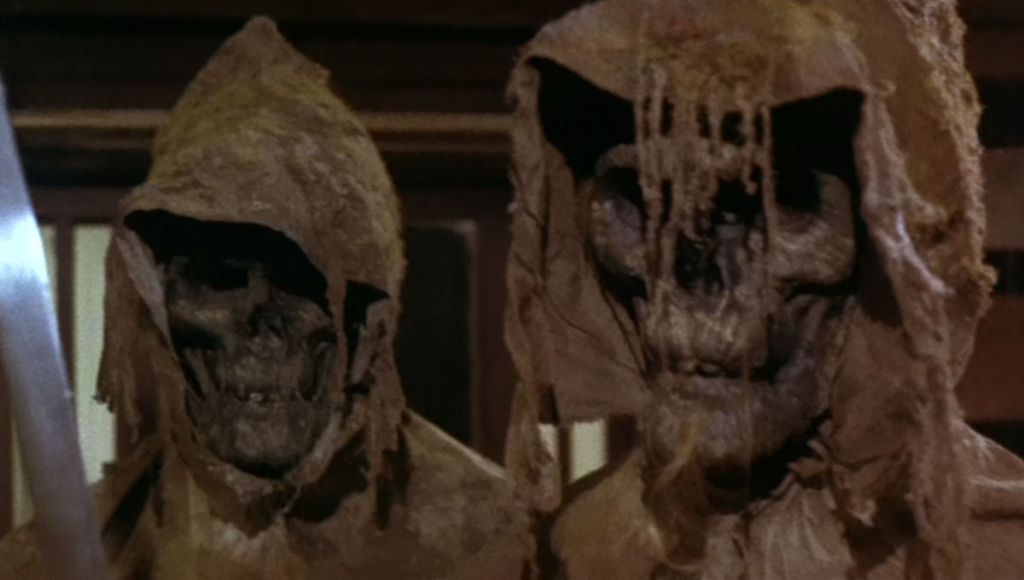
Tombs of the Blind Dead (Spain, 1972)
As censorship began to ease in Spain, director Amando de Ossorio launched one of the first horror franchises that did not revolve around icons like Dracula or Frankenstein. His title monsters were the reanimated corpses of the Knights Templar, who emerge at night in an abandoned medieval town and drink the blood of their victims. The genuinely eerie Blind Dead — who track their victims by sound since they can’t see — are among the best monsters of the ‘70s, even if the film is slow-moving and dragged down by some unfortunate misogyny. De Ossorio made three sequels, each worth checking out.
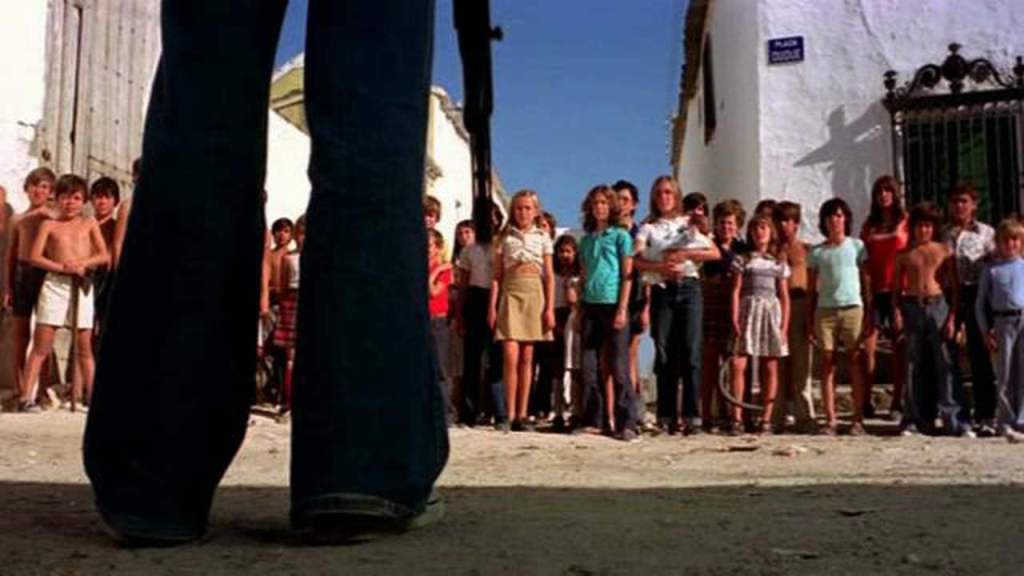
Who Can Kill a Child? (Spain, 1976)
A British couple on vacation find themselves trapped on an island off the coast of Spain, where the children have inexplicably murdered all the adults and are looking for more victims — leading to the title quandary. Director Narciso Ibáñez Serrador creates an atmosphere of absolutely suffocating dread that never lets up, and the film echoes Night of the Living Dead in its climactic twists. The movie suggests that the effect of war on children around the world has led the globe’s young ones to finally turn on their parents, a chilling motivation that sadly feels perhaps even more relevant today.

Suspiria (Italy, 1977)
We keep talking about how influential many of the movies on this list are; Suspiria is right up there in the top tier in terms of its impact. It was the sixth film directed by Italian filmmaker Dario Argento, who launched his career with a string of highly stylized crime mysteries (the genre known as giallo) before delving into supernatural mythology with this one. Taking a cue from his countryman Mario Bava, Argento filled the screen with eye-popping colors, brutal violence and macabre imagery as he spun the story of a dance academy fronting for a coven of witches. A percussive, indelible score from Goblin and a persistently nightmarish mood were the icing on Argento’s diabolical cake.
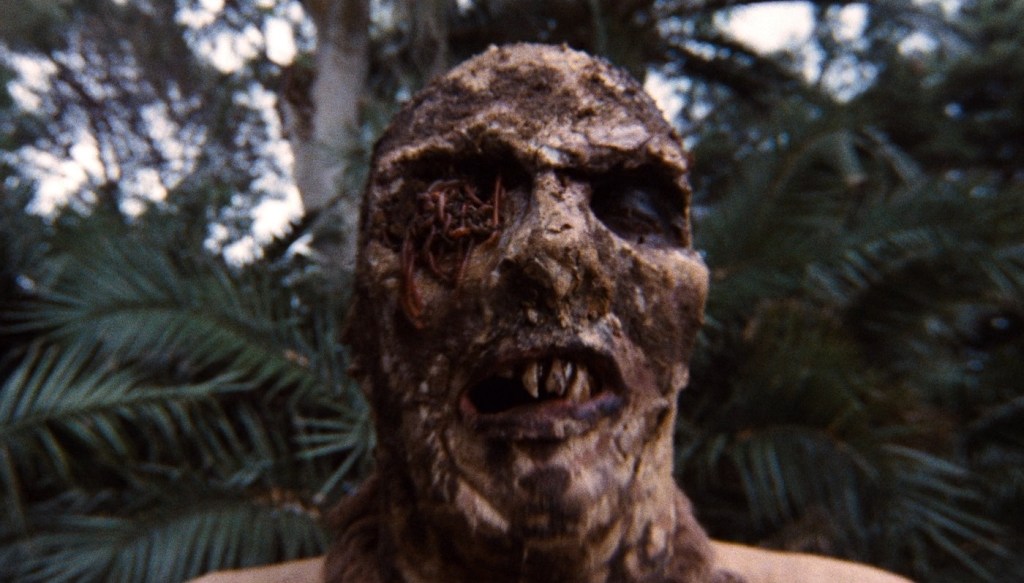
Zombi 2 (Italy, 1980)
If Mario Bava was the dream-poet of Italian horror and Dario Argento its puzzle master, then Lucio Fulci was the genre’s blue-collar working stiff. Although he worked in every genre, Fulci found fame in the giallo and horror fields — where he upped the violence and gore even if his films were grittier and less handsomely mounted than those of his countrymen. Zombi 2 (titled Zombie in the U.S.) was an unofficial Italian sequel to George A. Romero’s Dawn of the Dead (called Zombi in Italy) and featured some of the ickiest zombies seen onscreen to that date, as well as unforgettable sequences like a close-up of an eyeball being pierced and a zombie battling a shark.
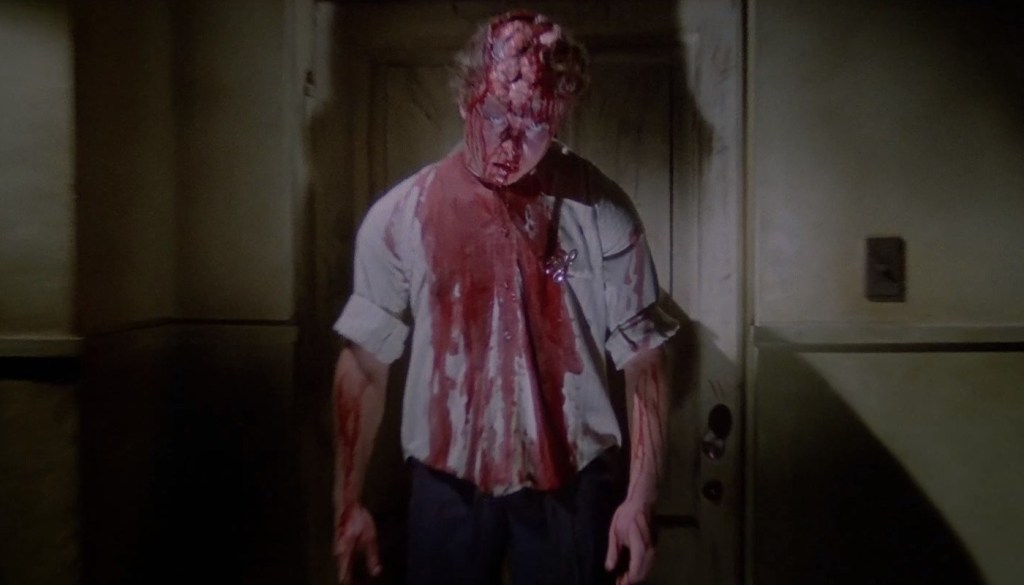
The House by the Cemetery (Italy, 1981)
We struggled with which of Fulci’s famous “Gates of Hell” trilogy to include here — the other two being City of the Living Dead and The Beyond — and ultimately settled on the most intimate and yet most chilling of the three. A family moves into an abandoned house with a sordid history, only to find that there are unspeakable secrets lurking in its basement. The most cohesive of the “Hell” trilogy, The House by the Cemetery found Fulci hitting an eerie balance between gore and Lovecraftian mood.
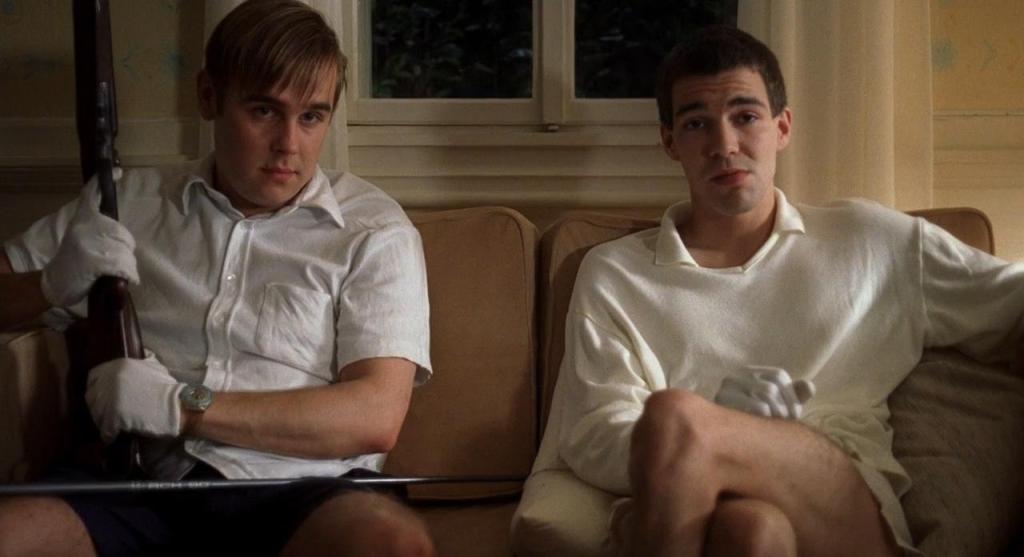
Funny Games (Austria, 1997)
Austrian director/writer Michael Haneke is not a horror filmmaker per se, but nearly all his films are truly unnerving in their own way as they explore the darkest impulses of real-world human behavior. Funny Games (which Haneke remade himself in English a decade later) is the most overtly horrific of his movies, as a couple and their young son become the victims of a sadistic, unexplained home invasion by two fresh-faced young men. Breaking the fourth wall and challenging the viewer’s own rationale for watching such ghastly goings-on, Funny Games is a harrowing, heart-freezing endurance test.
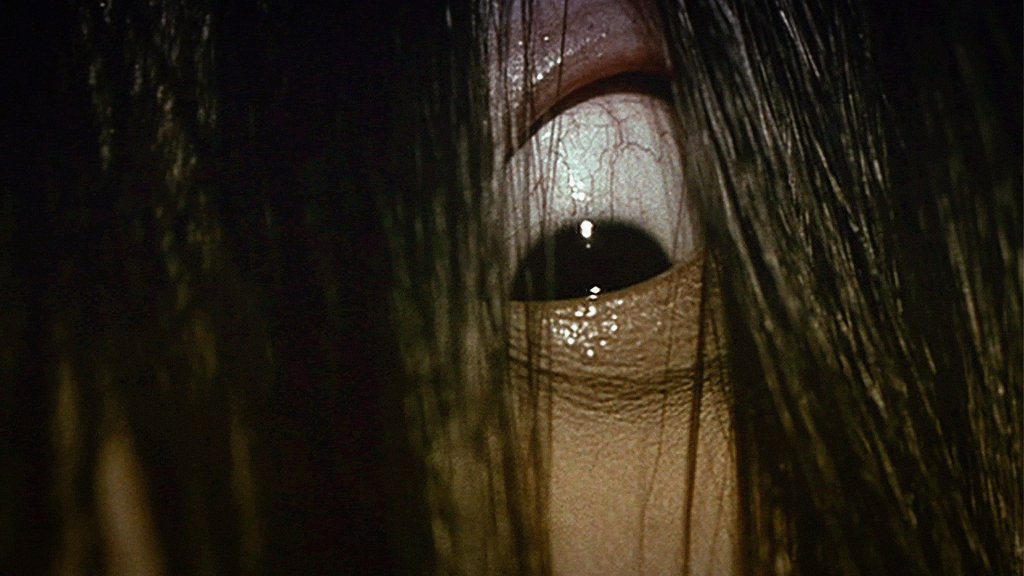
Ringu (Japan, 1998)
We could do a whole list of just Japanese horror films, a rich, long tradition that includes such wide-ranging and superb efforts as Kwaidan, Onibaba, Horrors of Malformed Men and House. But Ringu is the film that introduced J-horror to the wider world in spectacular fashion, melding the genre’s previous predilection for legend and folklore with a modern, high-tech (for the time) twist. The story of a haunted videotape that spreads death like a virus, Ringu (directed by Hideo Nakata) launched both a Japanese and American franchise as well as a boom in Asian horror that still has ripple effects today. And yes, it’s one of the scariest movies of the last quarter century.
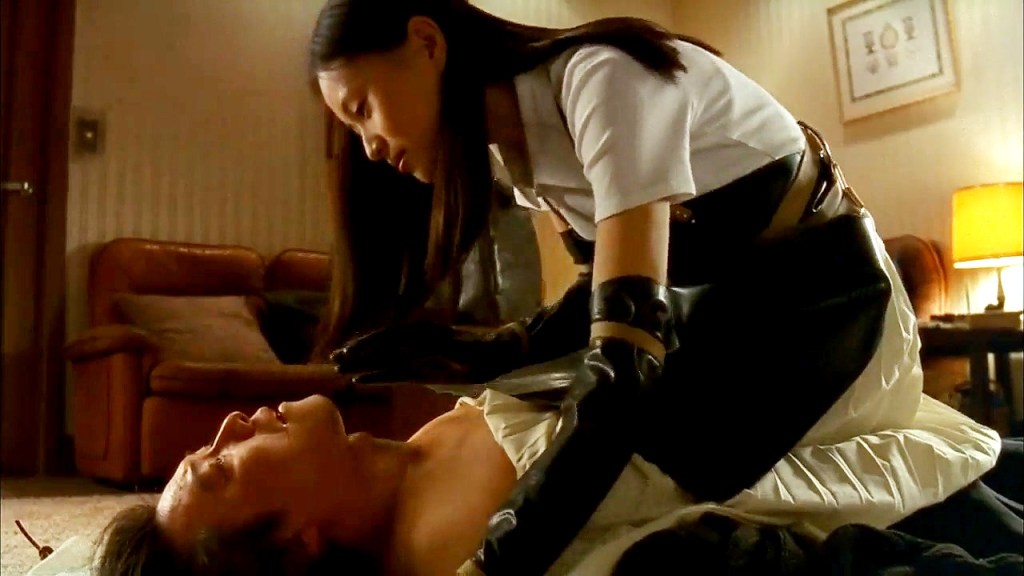
Audition (Japan, 1999)
Takashi Miike is the bad boy of Japanese cinema, yet he is still best known for this relatively restrained — if you can call a movie that climaxes with one of the most excruciating torture sequences ever committed to film — meditation on the way men both objectify and fear the power of female sexuality. Widower Aoyama (Ryo Ishibashi) uses a fake “audition” process to find himself a new bride; the final candidate, Asami (Eihi Shiina), seems perfect — until she’s not. Audition is not only one of the landmarks of modern J-horror, but a slow-burning, devastating feat of cinema in its own right.
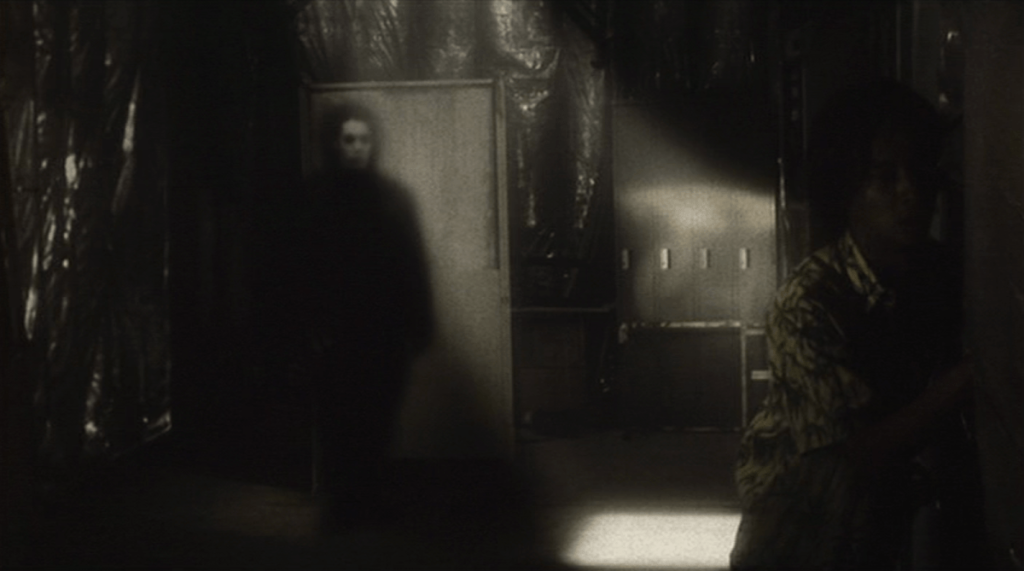
Kairo (Japan, 2001)
Kiyoshi Kurosawa had already directed nine feature films — including three largely excellent horror outings — before making this eerie, epic horror masterpiece. Also known as Pulse, Kairo was a direct response to Ringu, postulating a near future in which the realm of the dead begins to seep into the world of the living through the Internet. Filled with spine-chilling imagery and apocalyptic set pieces, Kairo also strikes a deep chord over our genuine fears about loneliness and isolation.
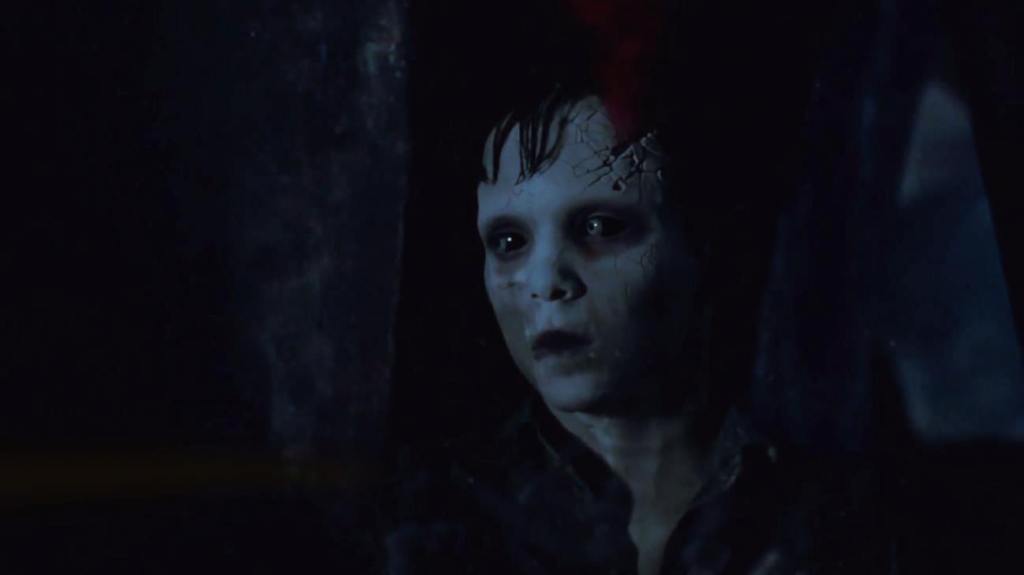
The Devil’s Backbone (Spain, 2001)
He may have created his masterpiece with 2006’s award-winning Pan’s Labyrinth, but genre maestro Guillermo del Toro’s scariest and in some ways most affecting film is his third. The story takes place in a home for orphaned children during the Spanish Civil War, with the effects of that conflict manifested as both an unexploded bomb in the central courtyard and the ghost of a dead child. Suffused with both dread and immense sorrow, The Devil’s Backbone is in need of rediscovery.
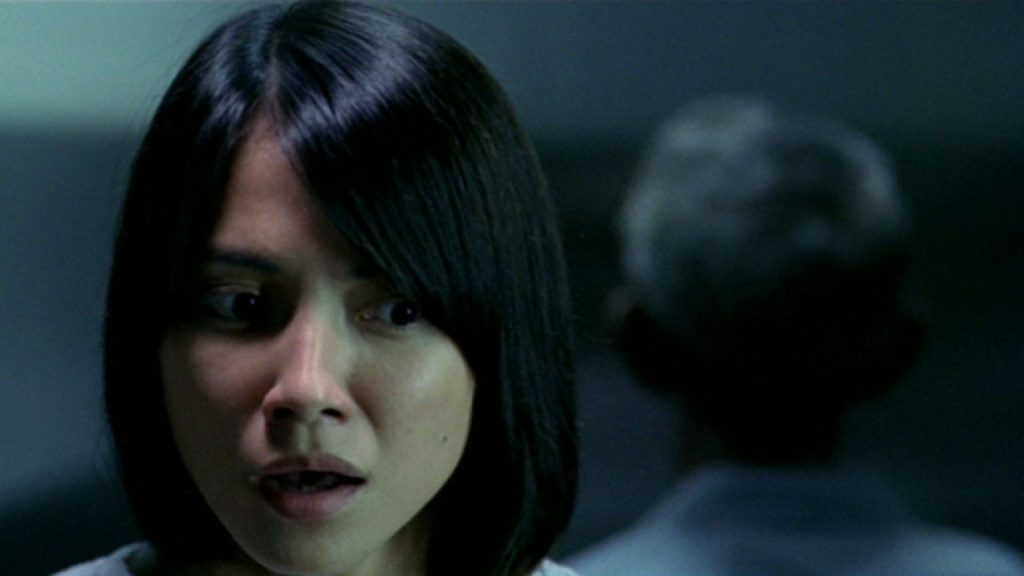
The Eye (Hong Kong, 2002)
A Hong Kong production that became one of the better known responses to the J-horror craze (inspiring a limp U.S. remake as a result), The Eye contains one of the most skin-freezing moments put on film in the past 20 years. The rest of the film (directed by the Pang brothers) is good if a little more conventional; but its story is affecting and the Pangs keep the chills coming. The central premise of a girl receiving a corneal transplant from a dead woman certainly plays into the fears of putting something from another person’s body into our own.
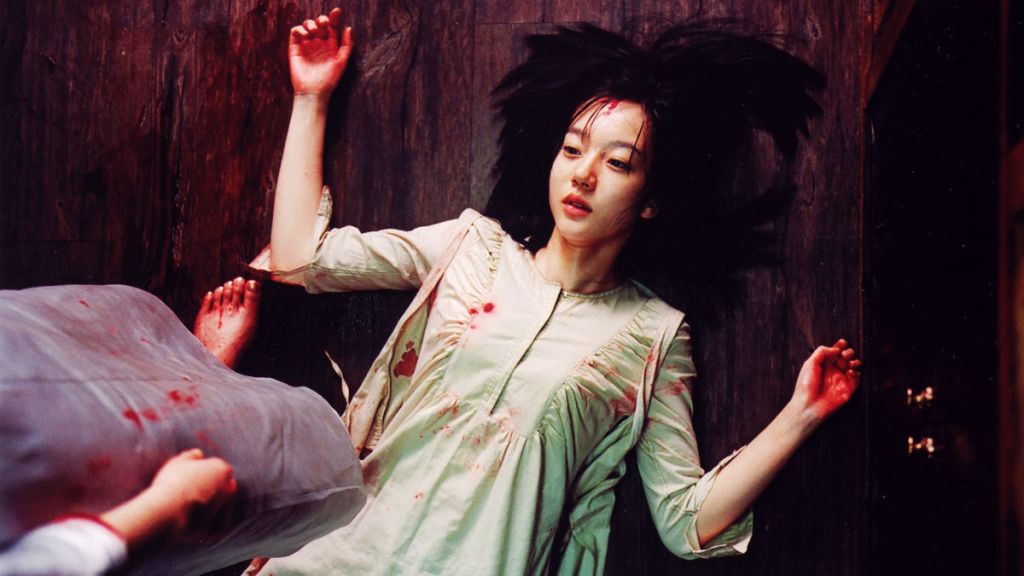
A Tale of Two Sisters (South Korea, 2003)
The Japanese horror boom led to other countries throughout the region producing major cinematic exports of their own, with South Korea in particular embracing the genre. A Tale of Two Sisters (remade in English as The Uninvited) is based on a folk tale and follows two sisters who return to their home and must contend with not just a wicked stepmother, but ghosts in the house and their family’s dark history. Directed by Kim Jee-woon (the brutal I Saw the Devil, which just missed this list), A Tale of Two Sisters doesn’t always make sense but it’s got chills, visual aplomb and a genuine sense of tragedy.
![[REC]](https://www.denofgeek.com/wp-content/uploads/2020/05/REC-1.jpg?fit=1024%2C576)
[REC] (Spain, 2007)
Released some eight years after The Blair Witch Project, Spain’s [REC] remains one of the most effective found footage horror films ever made, not to mention a genuinely unnerving shocker in its own right. A reporter and her camera crew head to an apartment building in Barcelona where the fire department has been summoned, only to become trapped as the residents begin to turn into homicidal lunatics. Director Jaume Balaguero crafts a nonstop rollercoaster of extreme terror, all told through the cameraman’s lens, with a final scene so nightmarish you’ll forget to breathe. Remade in North America as Quarantine.
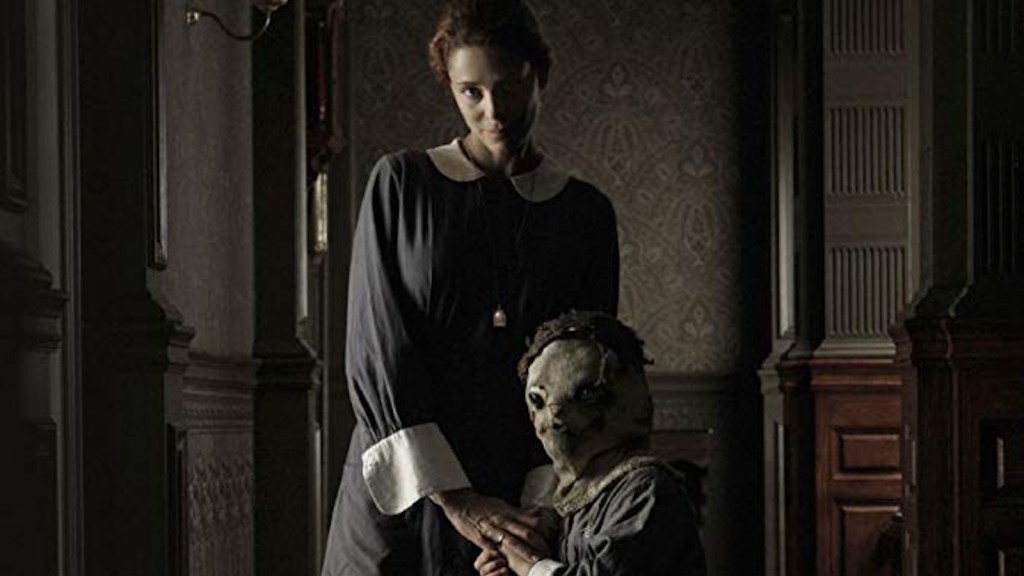
The Orphanage (Spain, 2007)
The debut of director J. A. Bayona (who would later helm Jurassic World: Fallen Kingdom), The Orphanage came out the same year as [REC] and helped established just how wide the spectrum of Spanish horror cinema was. Elegant, refined, soaked in atmosphere and dread (and with an amazing lead performance from Belen Rueda), The Orphanage is an eerie, profound ghost story that touches on loss, memory and grief in a chilling way that never resorts to cheap scares. We’re kind of glad a long-developing American remake never happened.

Let the Right One In (Sweden, 2008)
Based on a novel by Swedish horror author John Ajvide Lindqvist, Let the Right One In tells the heartwarming story of a lonely little Stockholm boy who becomes friends with the teenage girl next door — who happens to be an ancient vampire. Featuring stunning performances by then 11-year-olds Kåre Hedebrant and Lina Leandersson, and directed with impeccable restraint by Tomas Alfredson, Let the Right One In is exquisite character-driven horror that has in many ways set the template for the “elevated” genre offerings of the last decade. The American remake, Let Me In, is also quite well done.
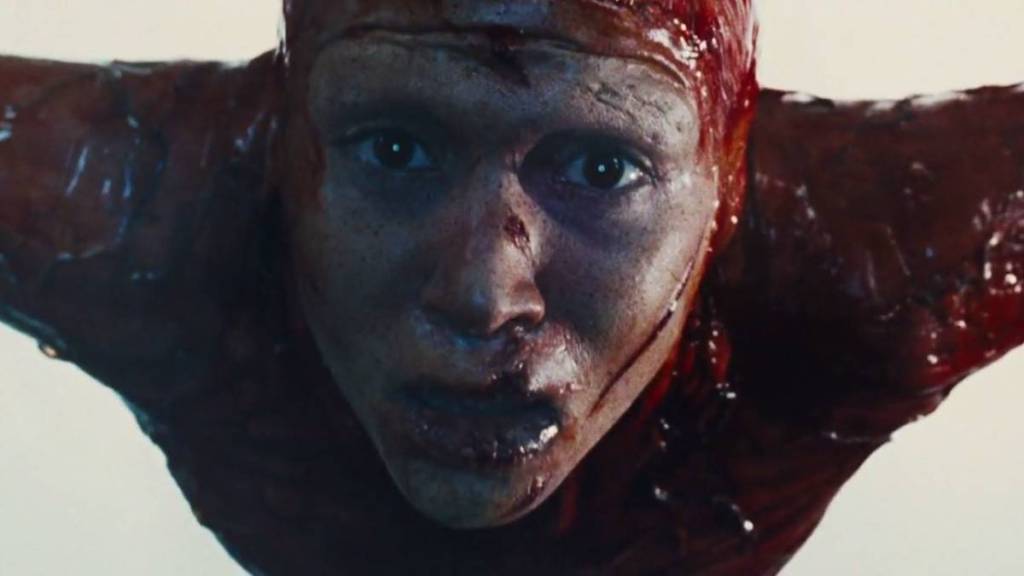
Martyrs (France, 2008)
In modern terms, the French were relatively late to the horror cinema party but they descended on it in the past 20 years with a vengeance, delivering unbearably brutal offerings as High Tension, Frontier(s), Inside and Them. But Martyrs may be the most relentless of them all, an incredibly bleak tale of a secret society that slowly tortures its victims to death to see if they achieve some sort of “transcendence” or insight into the afterlife. Some critics slammed the movie for trying to layer some profundity onto the otherwise ghastly proceedings, but we think it works — even if we’ll never watch the movie again.
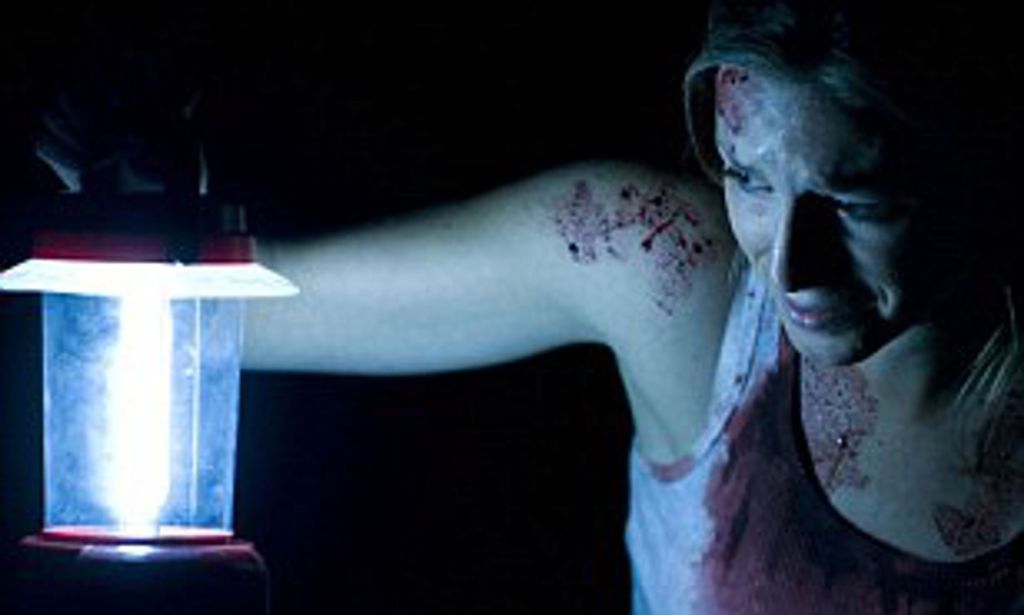
The Silent House (Uruguay, 2010)
This super low-budget entry from director Gustavo Hernandez did what a lot of big-money Hollywood horror pictures don’t: create and maintain a level of dread and creepiness that all great genre cinema needs, but so often falls short of. While the story may end up being conventional in the end, the central mystery remains elusive throughout and lead actress Florencia Colucci effectively carries the narrative on her shoulders. Made to look like it was shot in one single take (as was its American remake from the directors of Open Water), The Silent House is also remarkably proficient on a technical level.

A Girl Walks Home Alone at Night (Iran, 2014)
Iranian-American filmmaker Ana Lily Amirpour made a stunning debut with this black and white “vampire spaghetti Western,” in which a young skateboarding female vampire entwines herself in the lives of the dissolute inhabitants of the “Iranian ghost town Bad City.” Surreal and dreamlike, yet laced with sharp (no pun intended) wit and original imagery, A Girl Walks Home… remains a brilliant example of just how all-encompassing — both stylistically and culturally — the horror genre can be.

Train to Busan (South Korea, 2016)
Just when you thought the zombie subgenre was going to collapse under the weight of The Walking Dead and all the film and TV copycats it opened the gates for, South Korean director Yeon Sang-ho sets his zombie apocalypse on a speeding train, gives it a sweet emotional core in the relationship between a banker and his young daughter, and stages some of the most inventive zombie gore and action in years. The result is a fresh, vibrant take on well-worn material that never loses focus on its humanity.

The Wailing (South Korea, 2016)
The concept of “epic horror” — long, complex films that feel more like novels in the development of their characters, themes and monsters — gets thrown around a lot but examples such as It, The Exorcist or Dawn of the Dead are fairly rare. Add this two-and-a-half hour South Korean shocker to the list, in which a police officer battles a demon that is terrorizing the small hamlet in which he and his family live, threatening to destroy them all. Unsettling throughout, The Wailing is never predictable and pretty damn gripping from its eerie opening to its bleak, devastating finish.
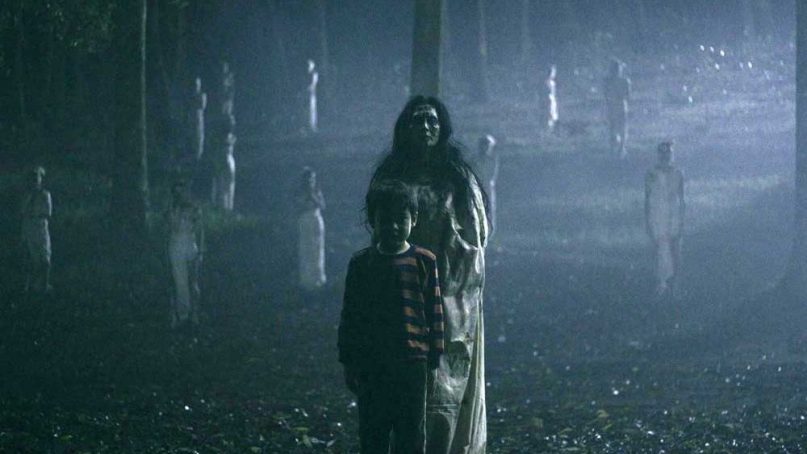
Satan’s Slaves (Indonesia, 2017)
Like many countries represented here, Indonesia has a long history of onscreen horror, often adapted from Southeast Asian folklore and mythology. The results have often been bizarre and twisted, although this entry is an effective example of the region’s recent attempts at more polished but still frightening output. A remake of a 1980 cult classic of the same name, Satan’s Slaves starts with a family haunted by the ghost of their dead mother — but that’s literally only the beginning. This character-driven horror epic makes an excellent gateway to the rest of Indonesia’s unique (if often difficult to view) genre output.
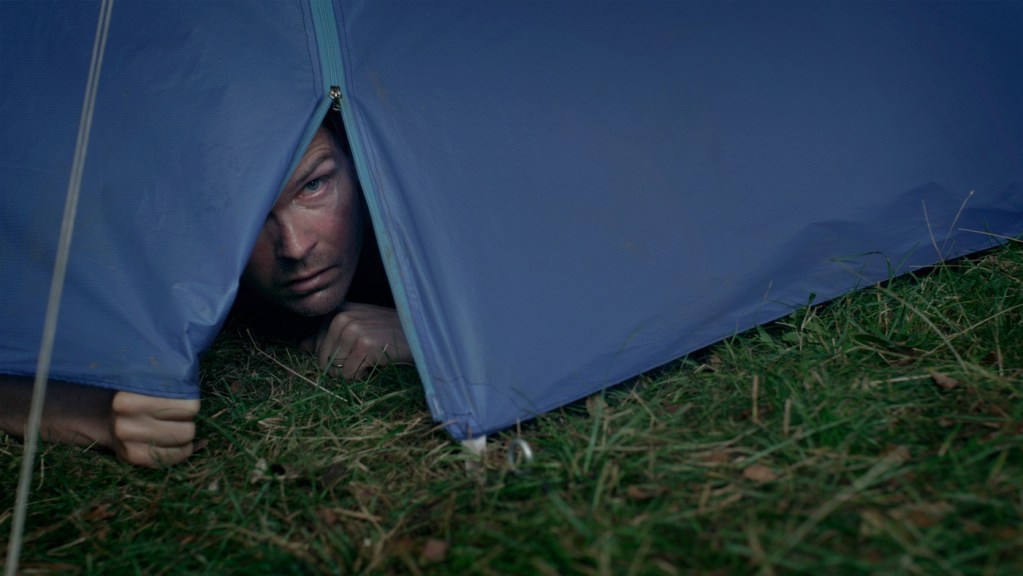
Koko-di Koko-da (Sweden/Denmark, 2019)
This nightmarishly surreal Danish/Swedish co-production combines a rather creepy nursery rhyme with spine-chilling imagery and sadistic terror in a meditation on incalculable parental grief. That’s a heavy load for a relatively small film to carry, as a shattered couple still reeling from the loss of their little daughter embark on a camping trip that takes them into a horrific time loop/killing box. The demonic fairy tale-like beings that torment them are the manifestation of the parents’ grief, and to the film’s credit, their physical pain — over and over again — never quite equals their emotional agony.
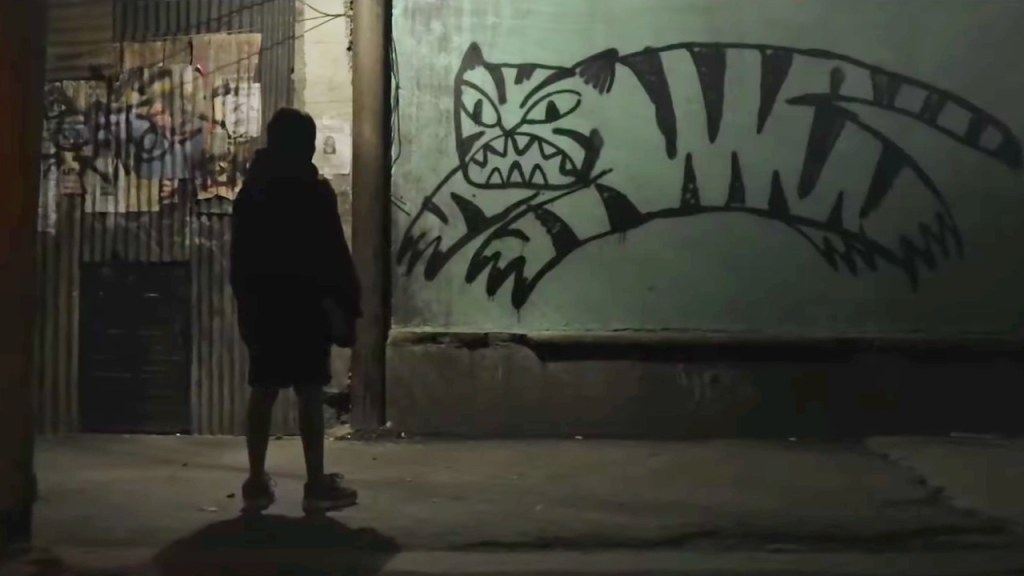
Tigers Are Not Afraid (Mexico, 2019)
A mournful fable about a group of orphaned children surviving on the ghost-haunted streets amidst a Mexican drug war, Issa Lopez’s poetic film tackles the psychological, emotional and physical toll that this conflict takes on a society’s most vulnerable members — although the children in Lopez’s story prove much stronger than even many of the adults. A mix of magical realism, urban drama and Guillermo Del Toro-like spectral terror, Tigers Are Not Afraid is just great filmmaking, horror or otherwise.

